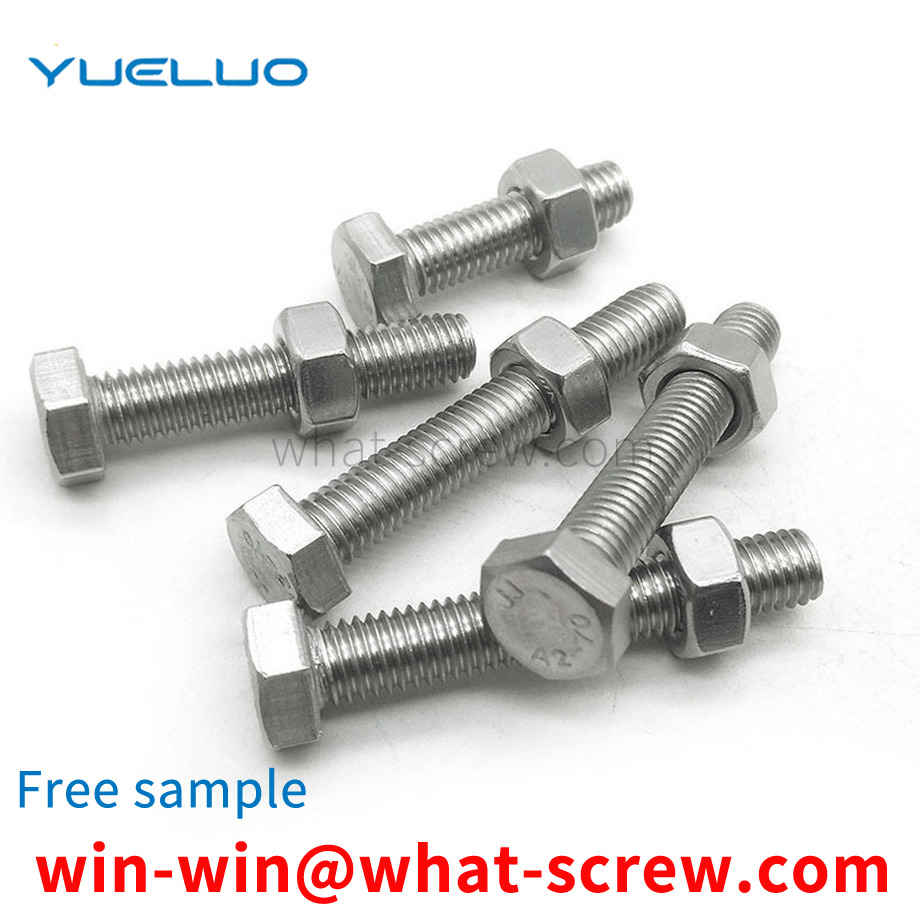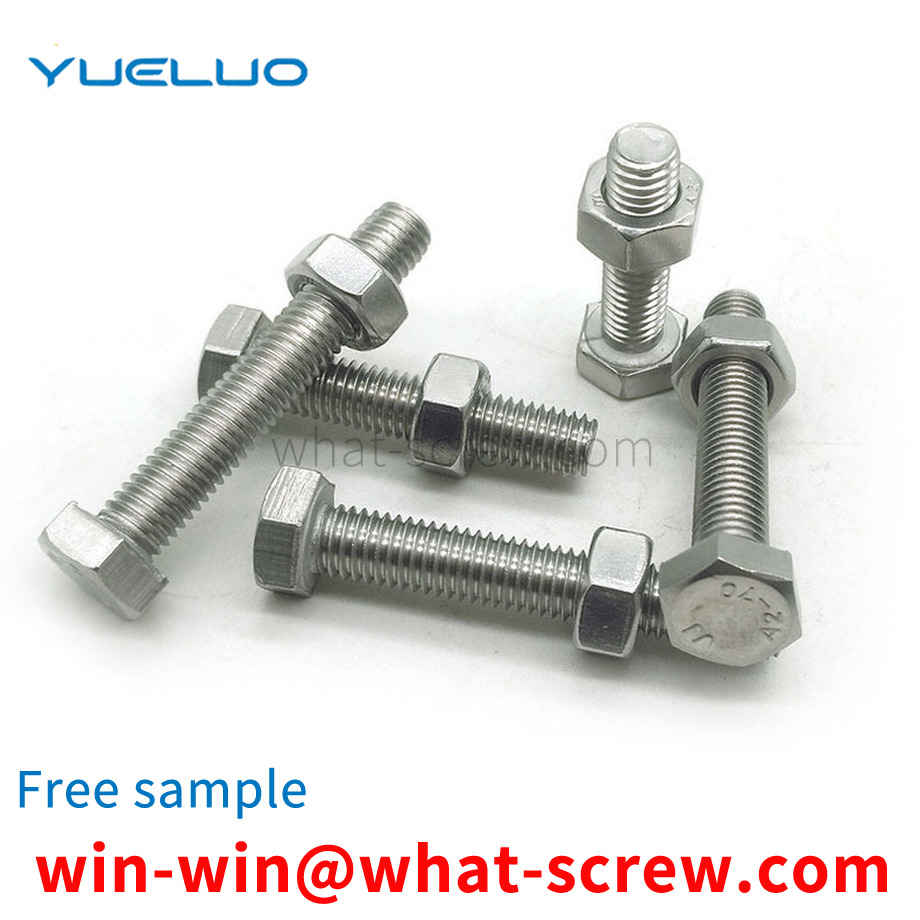Fasteners include: bolts, studs, screws, nuts, washers, pins. Locking or seizure often occurs on fasteners of stainless steel, aluminum alloy and titanium alloy materials. These metal alloys themselves have anti-corrosion properties. When the surface is damaged, a thin oxide layer will be formed on the metal surface to prevent further rust. When the stainless steel fastener is locked, the pressure and heat generated between the teeth will destroy the oxide layer, causing blockage or shearing between the metal threads, and then the phenomenon of adhesion occurs. When this phenomenon persists, the stainless steel fasteners will be completely locked and can no longer be removed or continued to lock. Usually this series of blocking_shear_adhesion_locking takes place in just a few seconds, so the correct understanding of the use of this type of fasteners can prevent this phenomenon.
Most of the existing belts control the length of the belt by fixing the other end of the belt by the buckle, and the period that is often buckled by the buckle will be deformed and damaged after long-term use, and the user may change the position from standing to sitting or after meals. The circumference of the belt can be adjusted, and micro-adjustment is not necessarily possible when adjusting the tightness of the pin buckle type or buckle plate type belt buckle. In order to solve this problem, it is necessary to design a belt that is relatively suitable for the waist of a person.
The production process of rivet nuts is basically similar to that of other screws. It's just that the screws are punched out with a screw pier, and the nuts are punched out with a nut pier. Introduce the production process of rivet nuts. 1. First, it is necessary to determine what material and material the rivet nut is, so that we can use what material to produce and what material to use. Knowing what materials and materials are used, we can buy screw wires. 2. Determine the size and length of the rivet nut. This is the best way to use a large screw wire. 3. After determining the material, material, size and type, we need to see if it is a commonly used rivet nut. If so, there must be a corresponding mold in the factory. If not, it is non-standard, then we have to order molds. 4. After everything is ready for production, it is necessary to use the nut machine to punch out the shape of the rivet nut, that is, the appearance. 5. After the pier is punched out, use the machine for tapping the nut teeth to tap it. 6. After the thread is tapped, electroplating is performed. The stainless steel rivet nut does not need electroplating, it only needs to be cleaned. If you want to electroplate other colors, you have to take it to a professional electroplating manufacturer for electroplating treatment.
In the prior art, the spring washer has a certain anti-loosening effect. However, due to the unreasonable design structure, the upper and lower pressing forces of the spring washer and the spring washer's anti-return force are poorly matched, resulting in the smooth surface and the bolt head. The friction between the nut and the connected parts is small. When the bolt or nut is subjected to strong vibration, the bolt or nut will still loosen. Therefore, the anti-loosening effect of the above spring washer still needs to be improved.
Ordinary thread Ordinary coarse thread: Feature code M+ Nominal diameter + Rotation + thread tolerance zone code (pitch diameter, top diameter) - Rotation length Ordinary fine thread: Feature code M+ Nominal diameter * thread pitch + direction of rotation + thread tolerance With code (middle diameter, top diameter) - the length of screwing is omitted for right-handed threads, and the left-handed thread is represented by LH. M 16-5g6g means coarse thread ordinary thread, nominal diameter 16, right-handed, the thread tolerance zone is 5g in the middle diameter and 6g in the major diameter, and the screwing length is considered as the medium length. M16×1 LH-6G means fine thread ordinary thread, nominal diameter 16, pitch 1, left-handed, thread tolerance zone medium diameter and major diameter are both 6G, and the screwing length is considered as medium length. The labeling format is: feature code (cylindrical pipe thread is represented by G, conical pipe thread is represented by NPT) + size code + tolerance grade code + rotation direction G1A--LH represents inch non-threaded sealing pipe thread, size code 1in, left-handed, tolerance The grade is A grade. Rcl/2 means inch thread seal taper pipe thread, size code 1/2in, right-handed.
We have many years of experience in the production and sales of screws, nuts, flat washers, etc. The main products are: extended screws and screws, nut-type nuts for grooves, pressure riveting screws, GB901 thin rod bolts and other products, we can provide you with suitable fastening products piece solution.



















 Service Hotline
Service Hotline




